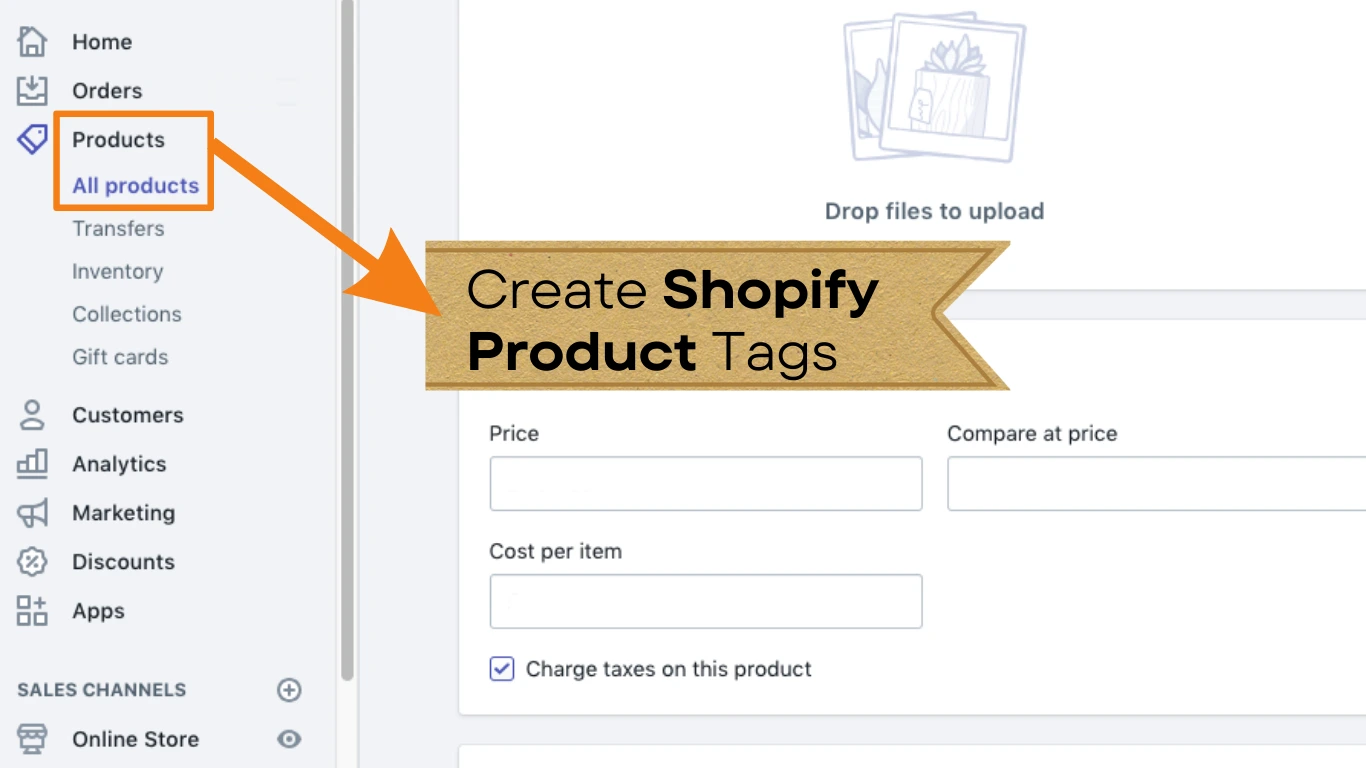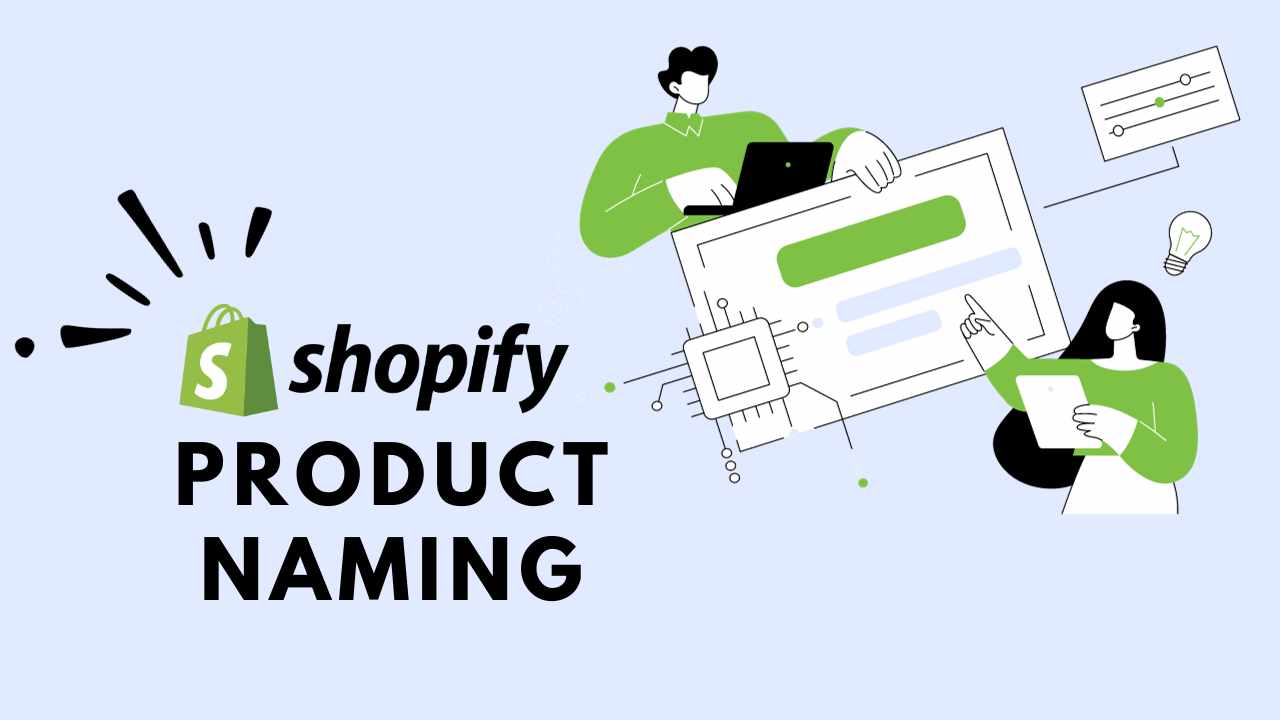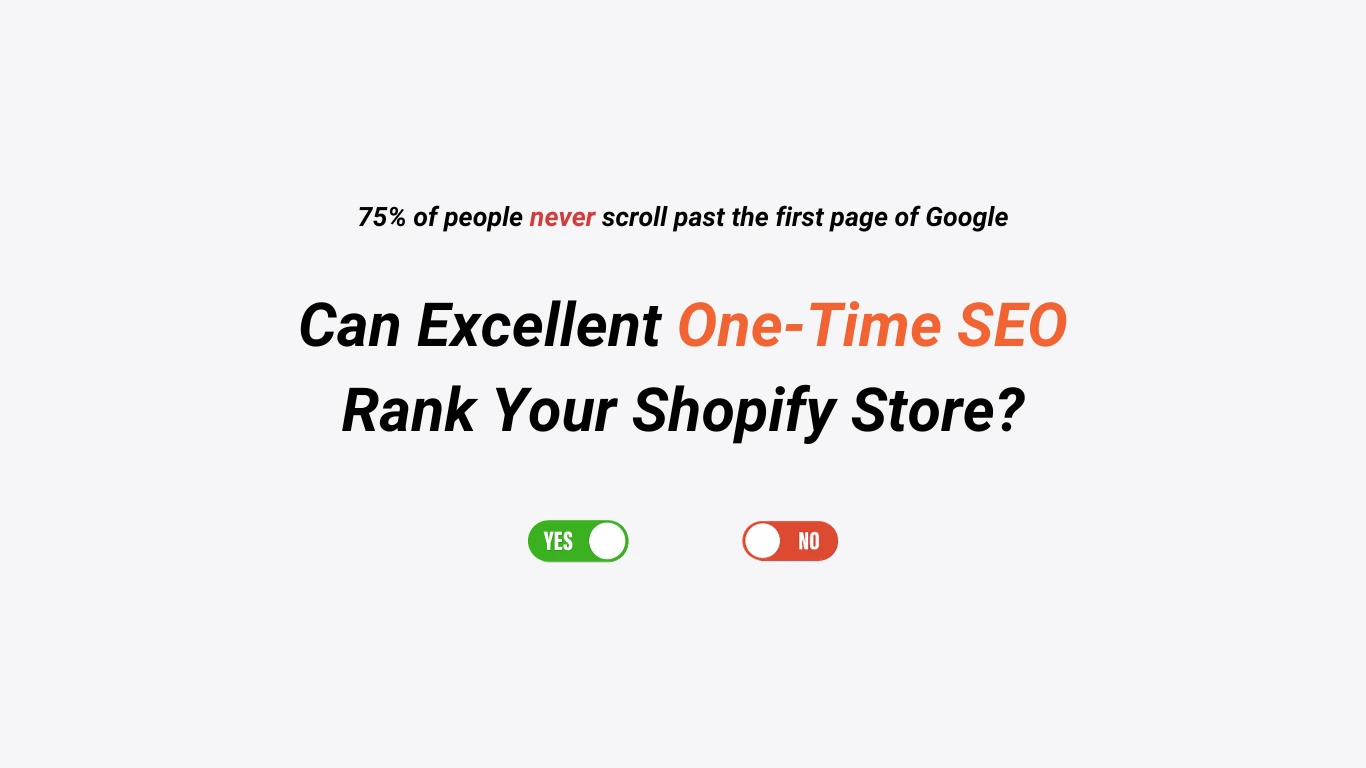Shopify Product Tags play a major role in store management and inventory management.
Be it generating a Shopify Sales Report by Product Tag or managing pre-orders, these tags make your internal processes simpler. Besides that, Shopify Product Tags are also helpful for customers as they help buyers find the right product collection faster.
In what other ways do Shopify tags help SEO?
This article explores all about Product Tags on Shopify and how to create them.
What is a Product Tag on Shopify?
Shopify Product Tags are a feature that facilitates the classification of products in the store.
It is a tool that allows businesses to group, filter, search, and make bulk changes to products in the storefront. As we discussed previously, this facilitates better inventory management. Product tags on Shopify also allow customers to see the tags on the product categories.
This usually helps the buyers to find the preferable items quicker.
Let’s say you want to buy a Christmas Hat ????
Shopify Product Tags like “Christmas Special” or “Holiday Collection” reduce the buyer’s shopping process. Tags help them find the Christmas collection quicker resulting in a seamless experience.
Moreover, merchants have full control over product categorization with tags. This is because the customers can’t see all tags that are meant for a storefront’s internal operations. Shopify Product Tags are one of the first things in the list of Shopify tags best practices.
Check out these Shopify Product Tag Ideas:
How to Add Tags in Shopify?
As per the Shopify Tags Best Practices, it’s important to keep tags simple and straightforward. When creating Product Tags, always remember that SEO tags are not SEO keywords. In case you are confused, check out our article on “Adding Shopify Keywords“ to know all about keywords.

Shopify Experts recommend following these steps to create Shopify Product Tags:
1. Open your Shopify Dashboard.
2. Go to the Products section.
3. Click on the name of a particular product to see its details.
4. Enter your tag in the Organization section.
Finally, click Save.
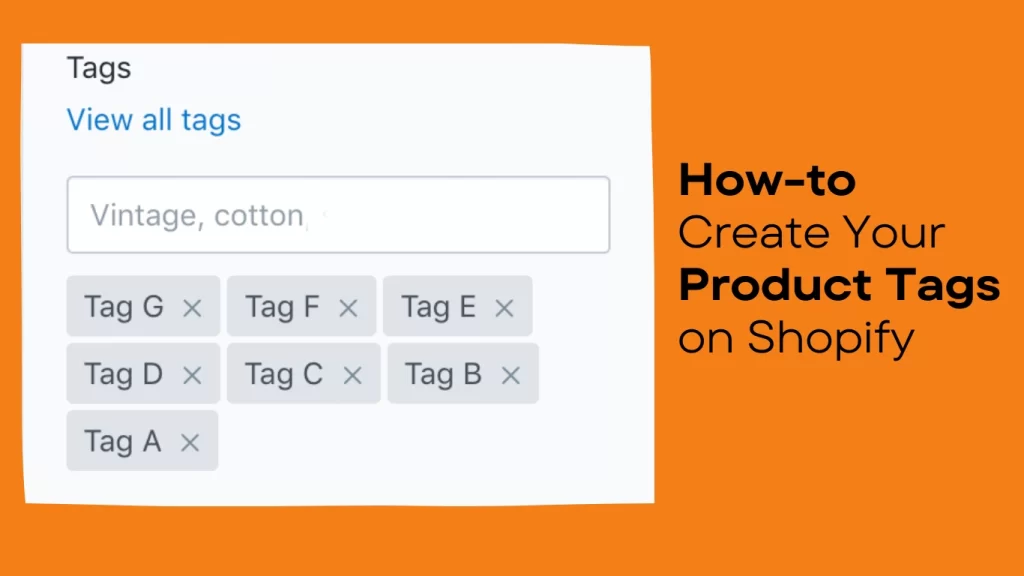
How to Delete a Product Tag?
Deleting Product Tags is simple. Go to the products section of your Shopify Dashboard and open its details.
After this, all you have to do is click the x beside the tag you previously created tag in the Organization section.
Then, click Save. This will delete the tag you created earlier.
Can Shopify Product Tags SEO Boost Google Ranking?
Google algorithm works in mysterious ways. But one thing that remains consistent is that the search engine likes to rank good information. Adding Shopify Product Tags SEO can help you rank on Google Page #1. Now, consider this for a moment… You and your e-business competitor, both have an excellent store. The website design is seamless, the content is great, the interface is efficient, and the page load speed is below two seconds.
Everything looks good.
But the only difference is that you have properly arranged your store items with Product Tags.
On the other hand, your business competitor thinks Shopify Product Tags SEO is a background task.
(????stop in your tracks right there if you think the same!)
Read our guide Shopify H1 Tags Demystified. This will help you understand how big of an impact the page headings can create for boosting Shopify SEO and Conversions.
Shopify Product Tags act as additional information about your store. This is where your Shopify SERP ranking increases. Tags help Google understand and index your pages better. This is one of the biggest reasons why your products will reach the target audience faster if you add tags on your Shopify Store.
Thus, you can rank better on Google with proper Shopify Tags and Metafields.
How to use Shopify Product Tags?
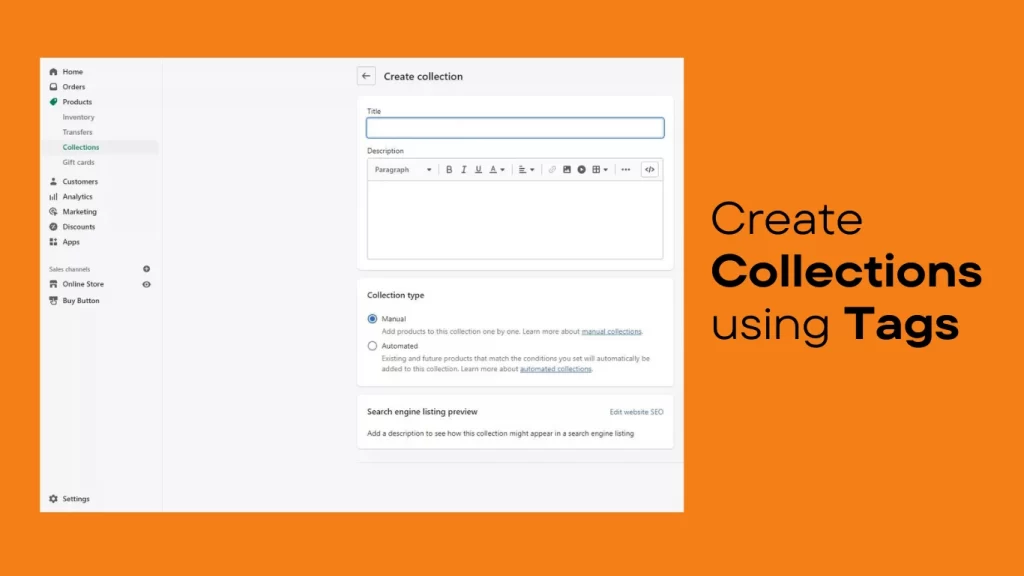
When choosing the characters for the Product Tags, use ordinary letters, numbers, and hyphens. This makes tags informative and easy to read when creating collections. For instance, “Discount20” is a great example. It clearly tells that the products with this tag are part of a campaign that is selling products at a 20% discounted price.
Businesses can use tags effectively to:
1. Create automated collections with the help of these tags.
2. Filter search results for customers and improve their recommendations.
3. Generate Shopify Sales Report by Product Tag.
Additionally, Shopify SEO Experts recommend avoiding special symbols.
You have to make your tags highly easy to process. This includes keeping tags short. It is ideally recommended to keep them under 16 characters. Even “Christmas Special” is an easy-to-understand tag.
Conclusion
There is no reason to undermine Product Tags in 2023.
However, tags can be tricky as they get triggered by certain actions. Adding product tags has a hidden field added to it. And so, the add tags action can be triggered by some changes you make to the store. Be it changing the quantity of the inventory, updating the product status, or adding a new product to the store; all this can trigger the tags.
We’ve worked on numerous online businesses over these years, and Shopify Product Tags SEO is one of the most important parts of any project. Get in touch with us, and we will help you achieve the full potential of your Shopify Store.
Besides Product Tags, Shopify Content Strategies are another important element of running a Shopify SEO Storefront. EEAT is a valuable framework introduced by Google to evaluate the quality and credibility of your Shopify Content.
Read What Does EEAT Stand for in Shopify.

